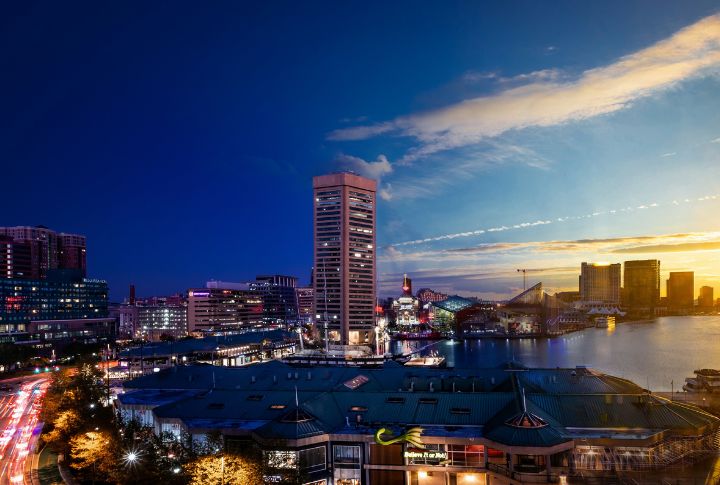
Boomtowns get all the headlines, but what about the cities stuck in reverse? These places are dealing with everything from job shortages and budget cuts to stalled investments and shrinking populations. The good times haven’t just paused; they’ve packed up. For locals, the struggle is real and relentless. Here are 20 U.S. cities still facing the weight of deep financial trouble.
Detroit, Michigan
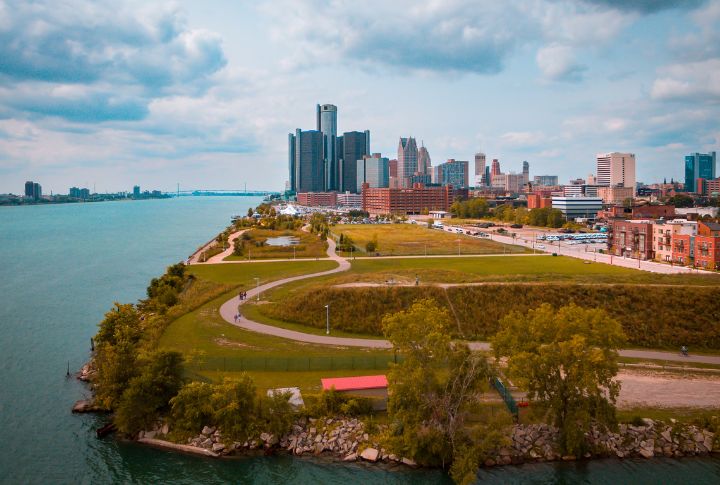
Detroit ranks among America’s hardest-hit cities. With over 30% living in poverty and violence rates soaring, it’s not surprising that schools show low graduation rates. The 2013 bankruptcy and the large number of abandoned homes highlight deep infrastructure issues. Anyone living here needs strong support systems and community-based resources to cope.
Cleveland, Ohio
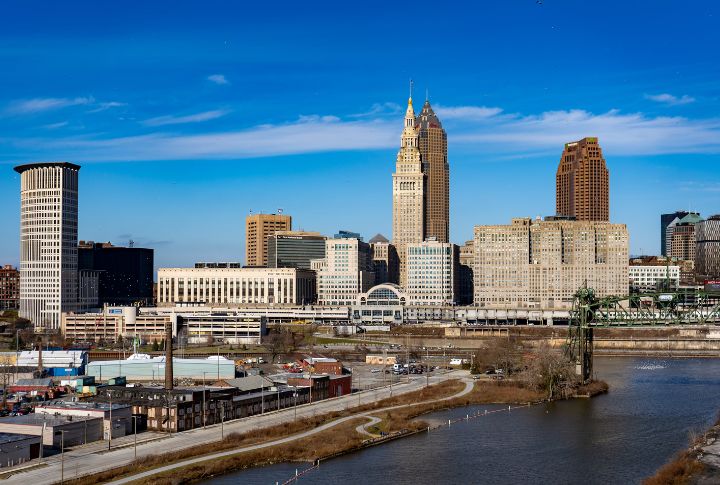
Nearly 1 in 3 Cleveland residents lives in poverty, and joblessness remains above national levels. Since the 1950s, the city has lost over half its population. Once infamous for pollution that caused the Cuyahoga River to catch fire, Cleveland still struggles with environmental concerns and regularly ranks low in national happiness surveys.
Camden, New Jersey
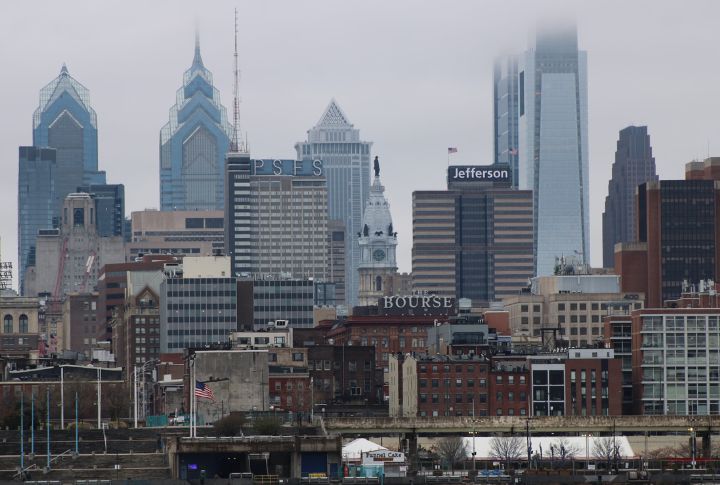
Let’s talk about Camden, New Jersey—a place that’s seen more than its fair share of trouble. At one point, the city had the highest murder rate per capita in the country. Over 40% of kids still live in hardship. Corruption ran so deep that the police force was dissolved in 2013. Trust in leadership remains low.
Gary, Indiana
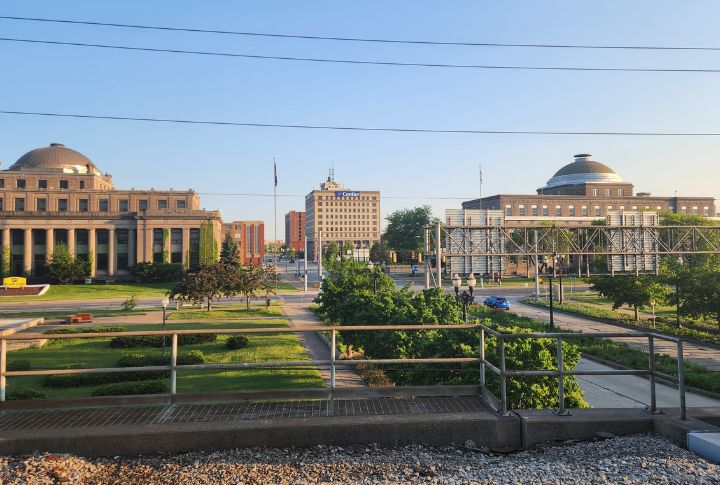
There’s no sugarcoating what’s going on in Gary, Indiana. More than half the city’s population has vanished since the 1970s. Around 20% of homes are just sitting there, empty. Violent incidents? Three times the U.S. average. With over 30% living in poverty, life here can feel like an uphill climb every day.
Stockton, California
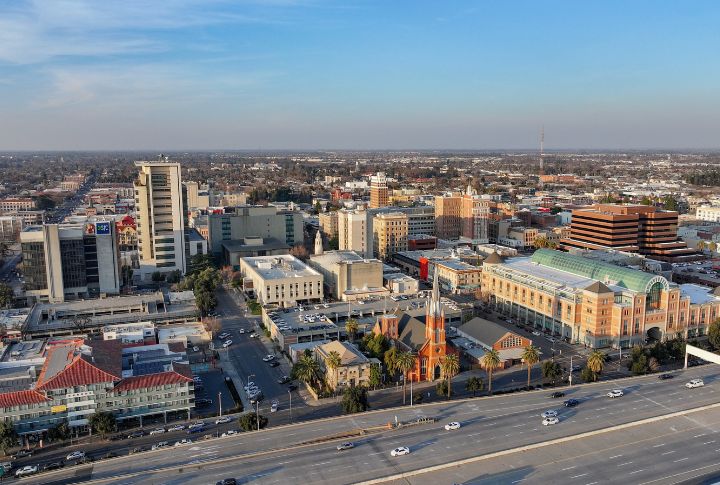
Living in Stockton presents real challenges. The city filed for bankruptcy in 2012, marking a major financial collapse. Unemployment continues to run high, and foreclosure rates remain a warning sign. Budget cuts led to a rise in offenses. To address poverty, Stockton introduced a basic income pilot as a possible solution.
Flint, Michigan
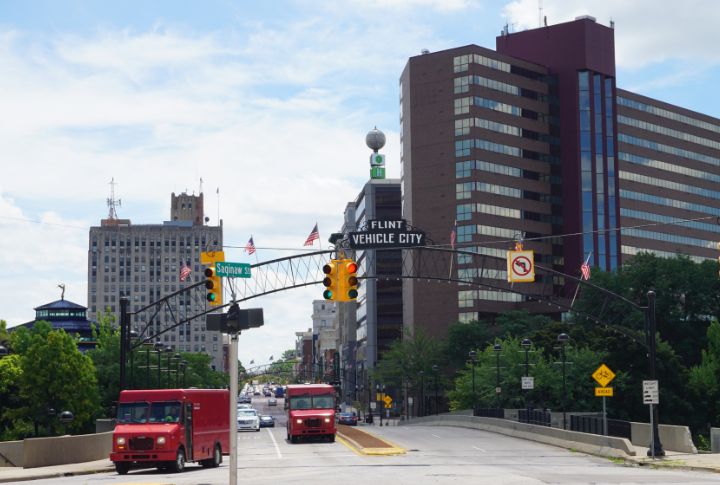
In Flint, more than 38% of residents live in deprivation. National attention surged after a contaminated water supply exposed people to toxic lead for years. Lawsuits over the crisis are still ongoing. Economic stagnation followed the collapse of the auto industry, and childhood health issues related to the water persist.
Memphis, Tennessee
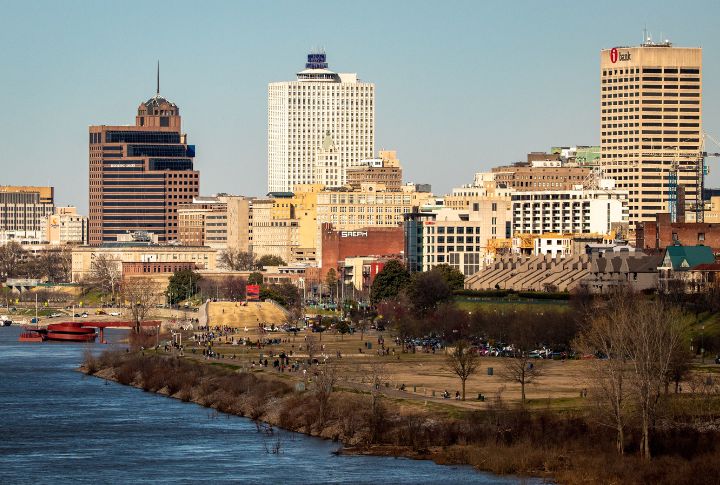
Despite hardship, residents of Memphis keep pushing forward. Violence and poverty remain pressing issues, with over 26% living below the line and delinquency rates among the country’s highest. However, amid rising gun violence and strained services, many work to reclaim their neighborhoods and improve a city long rated poorly for livability.
Birmingham, Alabama
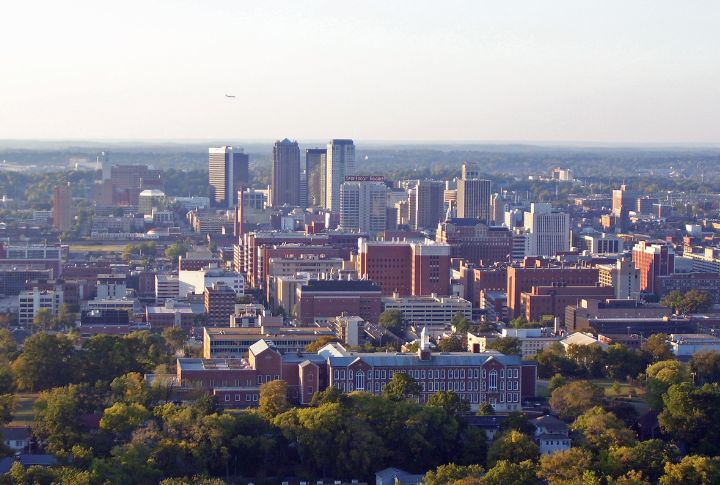
Birmingham faces higher-than-average unemployment and economic hardship rates. The city has long struggled with lawlessness, and the collapse of its industrial base led to job losses and growing inequality. Countless residents still lack access to reliable healthcare, and the population has steadily declined over several decades.
St. Louis, Missouri
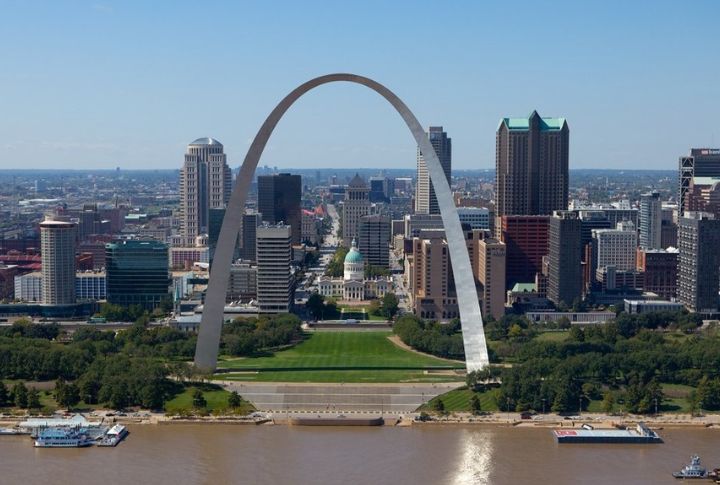
For decades, St. Louis has carried a heavy burden. White flight hollowed out its neighborhoods, and infrastructure began to crumble. Illegal activity surged. Its murder rate now tops Chicago’s per capita. Moreover, roughly one in five residents struggle with low income. Even young professionals, after college, often leave in search of better prospects.
Bakersfield, California
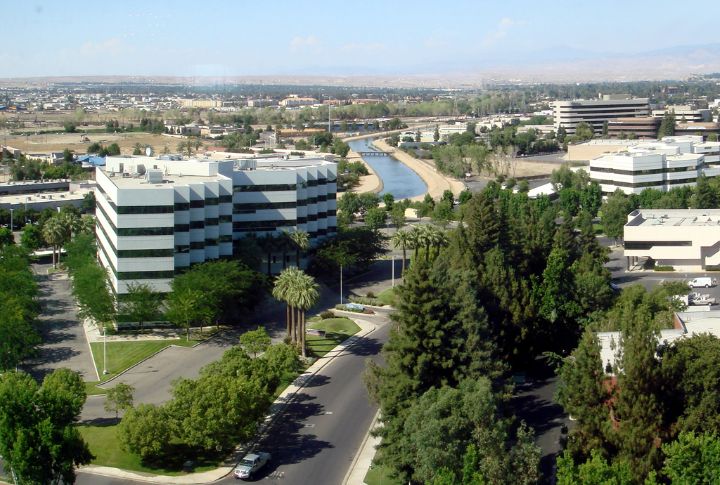
Bakersfield is one of the most air-polluted cities in the U.S. Respiratory illnesses, including asthma, are unusually common due to poor air quality across the region. Besides that, over 18% of residents live in poverty. Low-paying agriculture jobs dominate the local economy. Gang activity also contributes to ongoing safety concerns.
Youngstown, Ohio
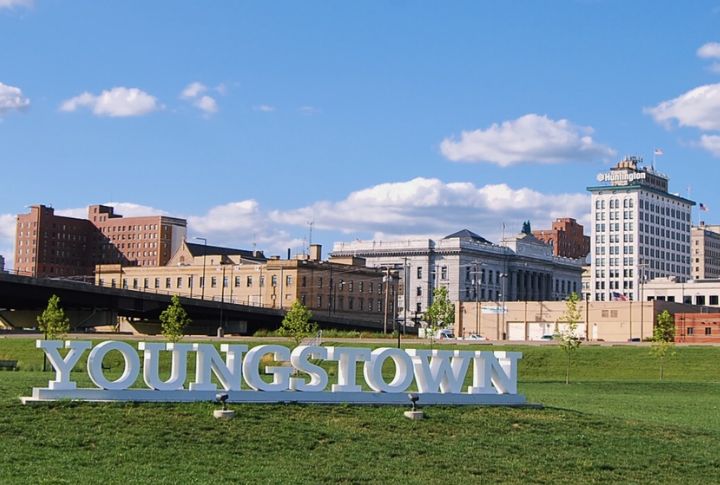
You wouldn’t believe how much Youngstown has changed. Since 1950, more than 60% of the population has packed up and left. Poverty now affects more than a third of those who stayed. Steel jobs disappeared, foreclosures skyrocketed, and some neighborhoods were bulldozed. Locals joke the city downsized itself, but the struggle’s no punchline.
Shreveport, Louisiana
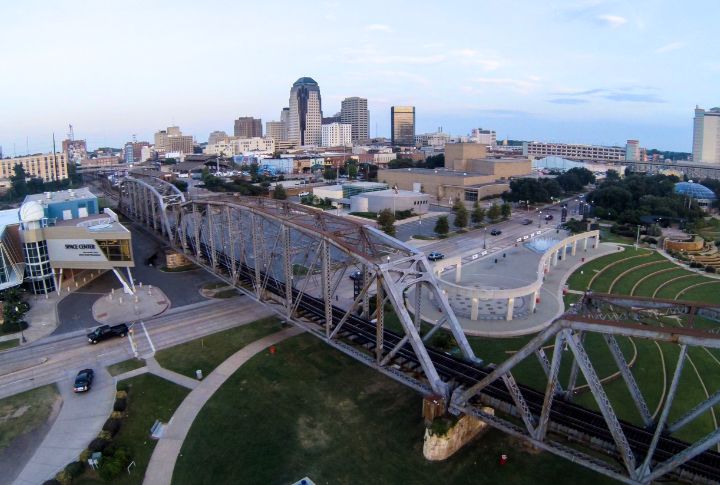
What drives people to leave a city behind for good? In Shreveport, the reasons are hard to ignore. Unemployment and financial hardship both sit above 20%, while delinquency rates are among Louisiana’s highest. Crumbling infrastructure and overstretched public services only add to the pressure to move on.
Trenton, New Jersey
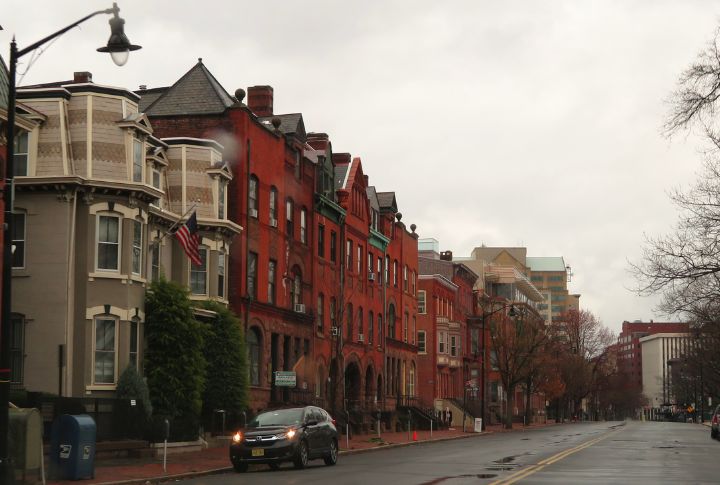
Trenton faces a socioeconomic disadvantage rate topping 27%, with crime rates staying stubbornly high. Job growth trails nearby cities, pushing many residents to commute. Budget cuts have weakened schools and emergency services. A wave of vacancies downtown highlights persistent economic struggles and limited private investment in the city’s core.
Compton, California
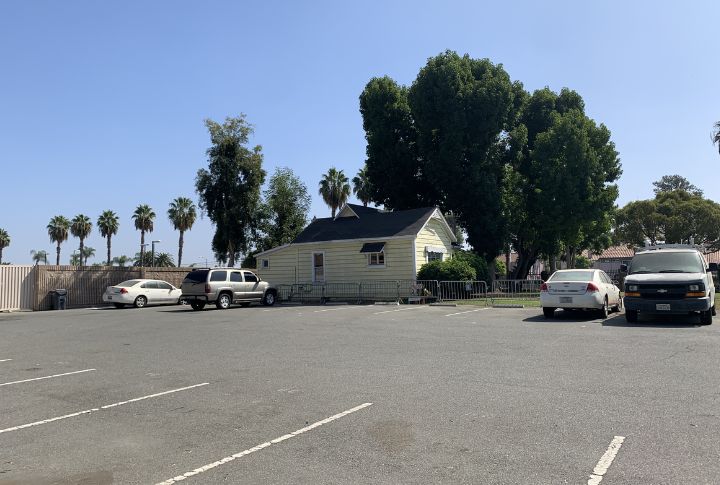
For those eyeing Compton, the challenges are clear. Around 25% of locals live in poverty. Youth services lack consistent funding, and job access doesn’t match the city’s growing population. While some areas show signs of renewal, others remain untouched, reminding residents that real progress has a long way to go.
Hartford, Connecticut
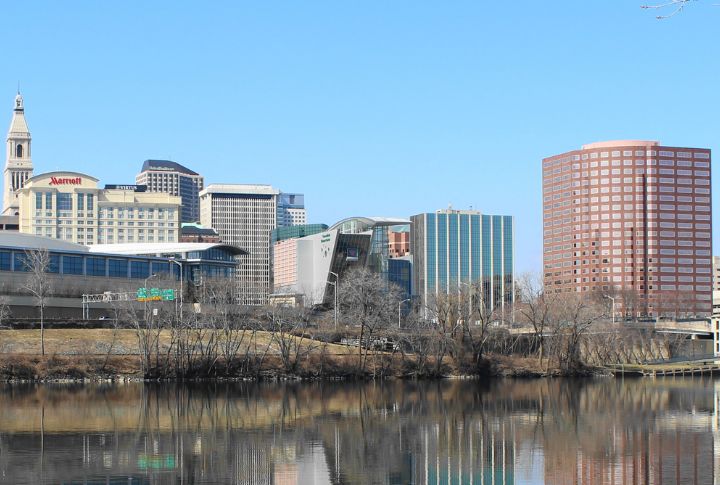
Hartford might check all the wrong boxes for stability. Financial distress hovers around 30%. School funding gaps make education a daily grind. Moreover, the city’s population hasn’t budged in years, signaling a lack of fresh opportunity. Add ongoing budget shortfalls, and anyone thinking of planting roots here should take a second look.
Springfield, Missouri
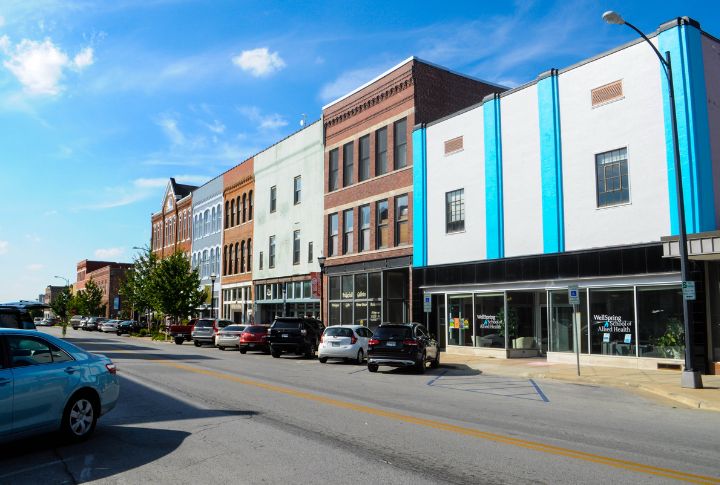
More than 20% of Springfield’s population lives in poverty. Drug problems have increased steadily, and mental health services remain limited. Many neighborhoods still show signs of deep neglect. These issues contribute to the city’s ongoing struggle to improve basic living conditions and offer reliable support for its residents.
Baltimore, Maryland
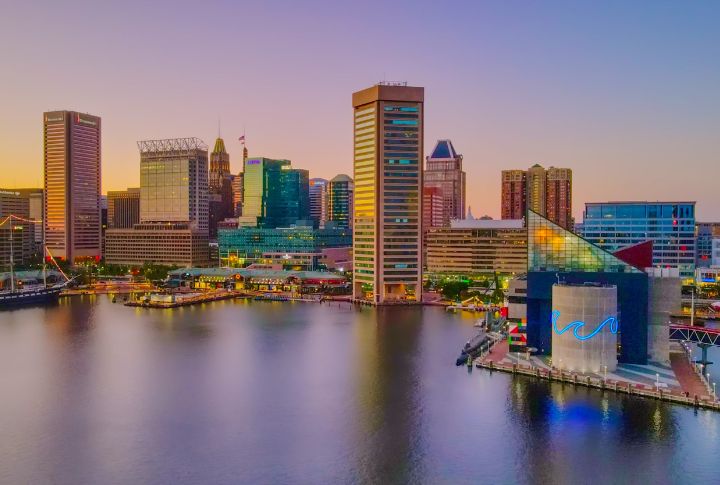
Despite significant funding, Baltimore’s schools continue to struggle with low test scores and graduation rates. Nearly a quarter of residents face financial hardship, and many neighborhoods remain neglected and empty. Ongoing leadership scandals and one of the nation’s highest homicide rates show that rebuilding here demands more than funding alone.
Rochester, New York
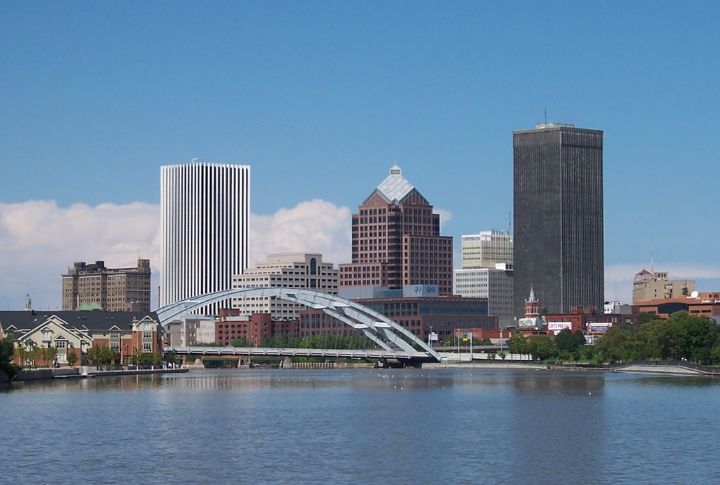
Rochester carries one of the highest child poverty rates in the U.S., exceeding 50%, and its economy never fully recovered after manufacturing declined. Long, harsh winters add to seasonal depression, while mental health and addiction resources are stretched thin. Overall well-being and happiness rankings remain troublingly low.
San Bernardino, California
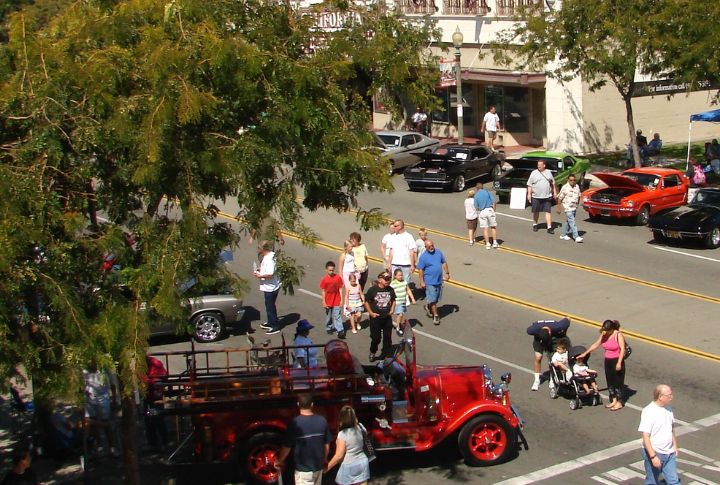
Anyone thinking about San Bernardino should understand what they’re stepping into. The city filed for bankruptcy in 2012 after years of financial missteps. Unemployment stays high, gang presence is a serious concern, and basic services often fall short. Years of public corruption left lasting damage to community trust.
Akron, Ohio
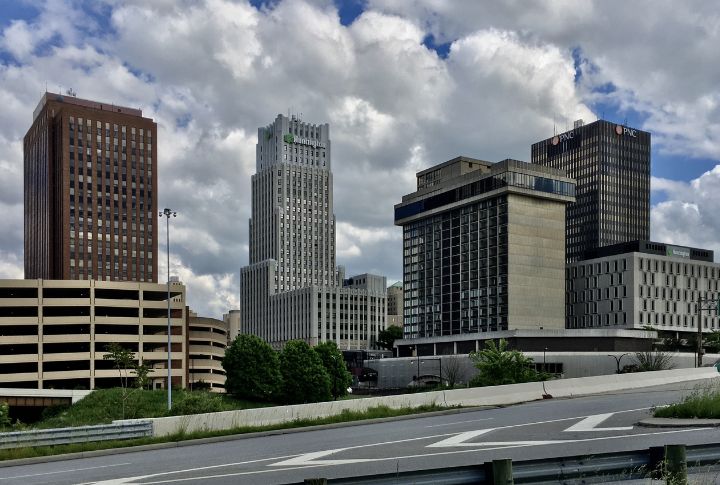
Remember when Akron was the rubber capital of the world? Those days are long gone. The industry left, and jobs vanished with it. Now, blight stretches across entire blocks. Opioid addiction has taken root, and aging roads and pipes just keep breaking down, making life harder for those still hanging on.
